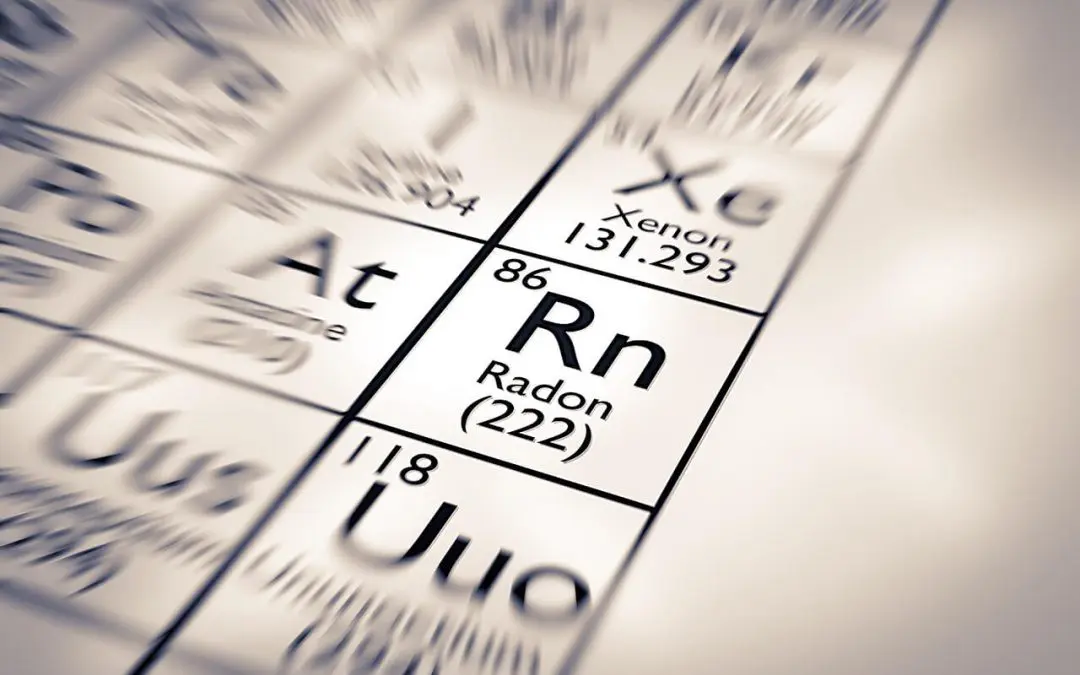If you are shopping for a new house, you are probably concerned with problems like mold and termites. One issue that you may have not thought of is high levels of radon. Every home should be tested for radon. If the levels are high, take action to make the home safe.
Where Does Radon Come From?
Radon is a gas that forms when other radioactive elements break down underground. Radon gas accumulates in buildings when it comes through small openings in their foundations and walls. Homes that have airtight windows and doors are more likely to develop high radon levels because the gas cannot escape.
When Does Radon Become Dangerous?
Trace levels of radon are always in the air, but the EPA says that it is particularly dangerous when the levels reach 4 pCi/L or higher. Radon harms the lungs when it is inhaled. In fact, it is the second leading cause of lung cancer after cigarettes. Exposure to high levels of radon can have serious consequences over time, so it is best to know about and fix any issues in your house.
What to Do About High Levels of Radon
If you are buying a home, or if you live in a home with unknown radon levels, schedule a radon test with a professional. While DIY testing kits are available, professional radon testers have superior equipment and have been trained to perform and analyze the test accurately. You’ll need to take action if the radon levels are at or above 4 pCi/L.
Mitigating High Levels of Radon
Radon mitigation professionals employ different techniques depending on each building’s circumstances. Mitigation may involve a combination of sealing openings that let radon in, sucking and venting radon out of the house, and pressurizing the lowest levels of the home so that radon cannot enter.
Home Inspectors of Middle Tennessee provides home radon testing and other inspection services to Middle Tennessee. Contact us to schedule a radon test.

